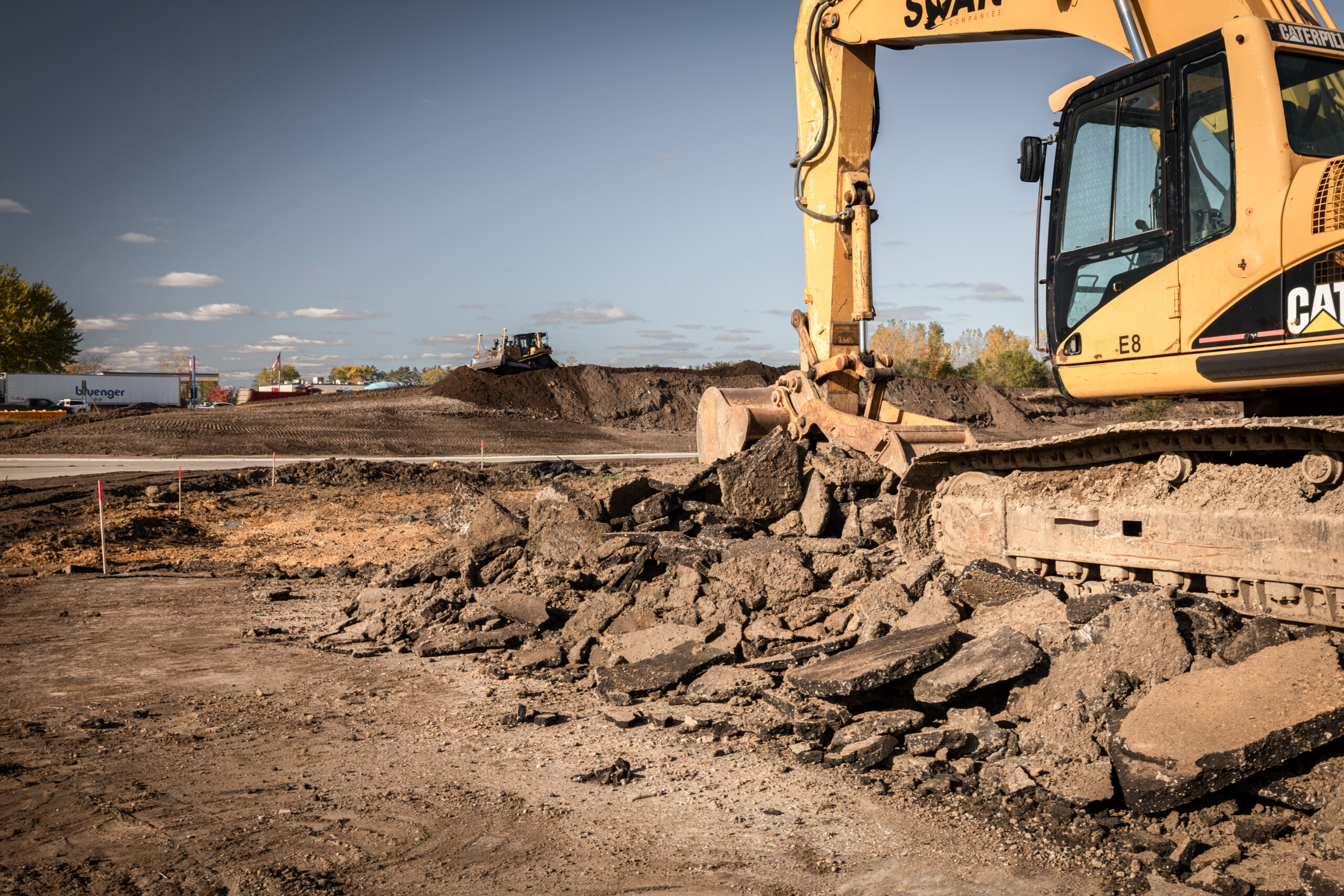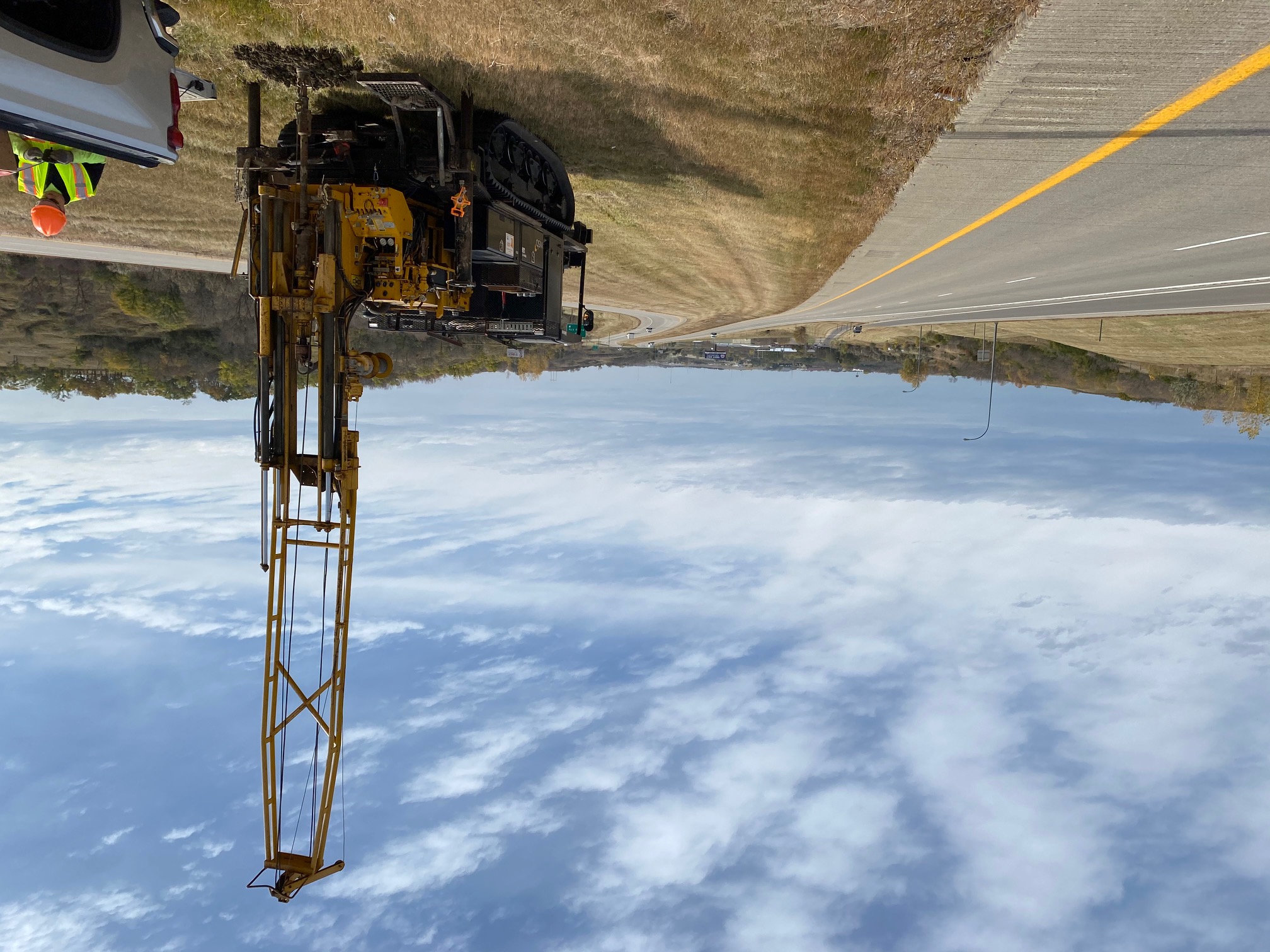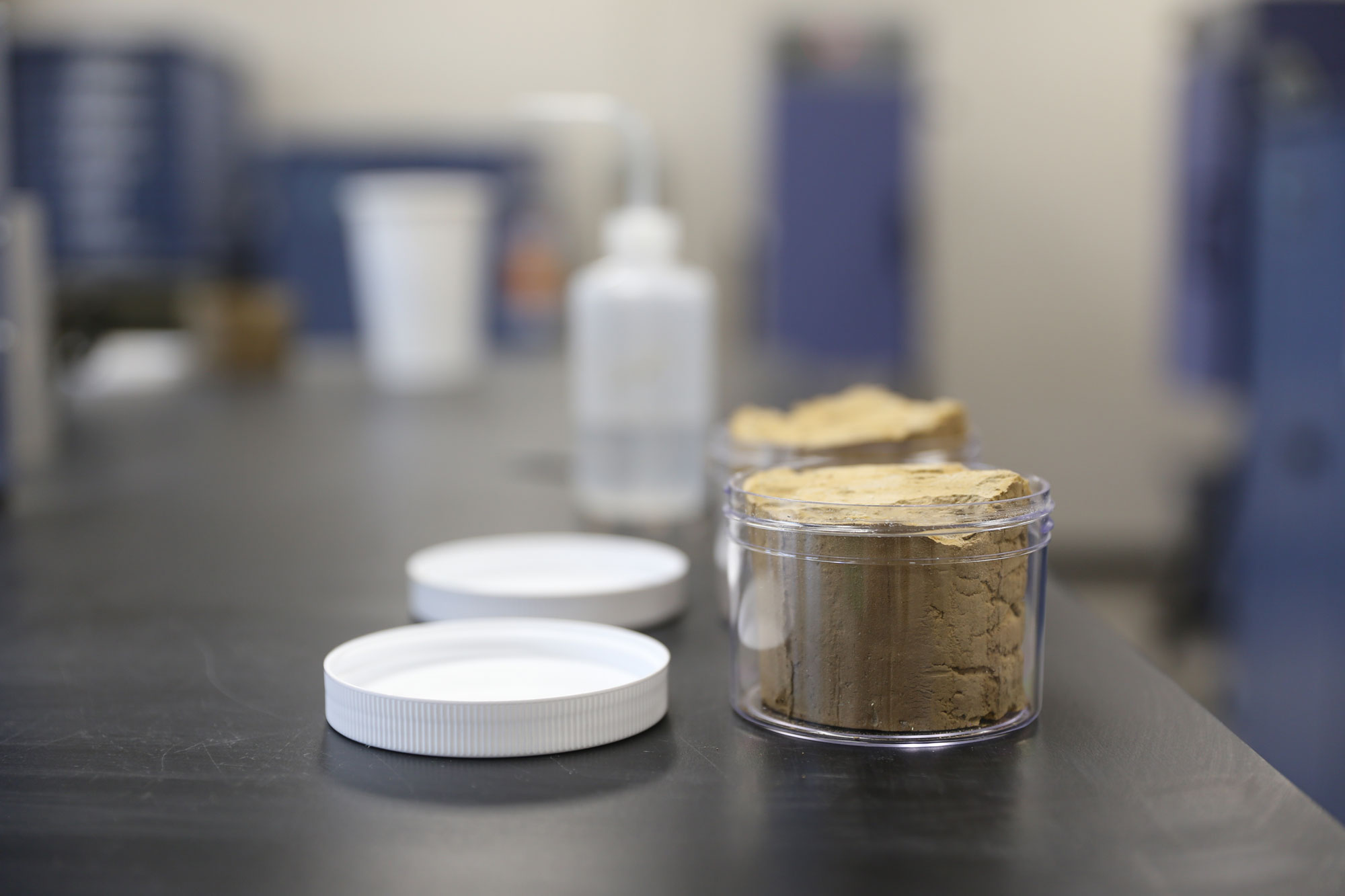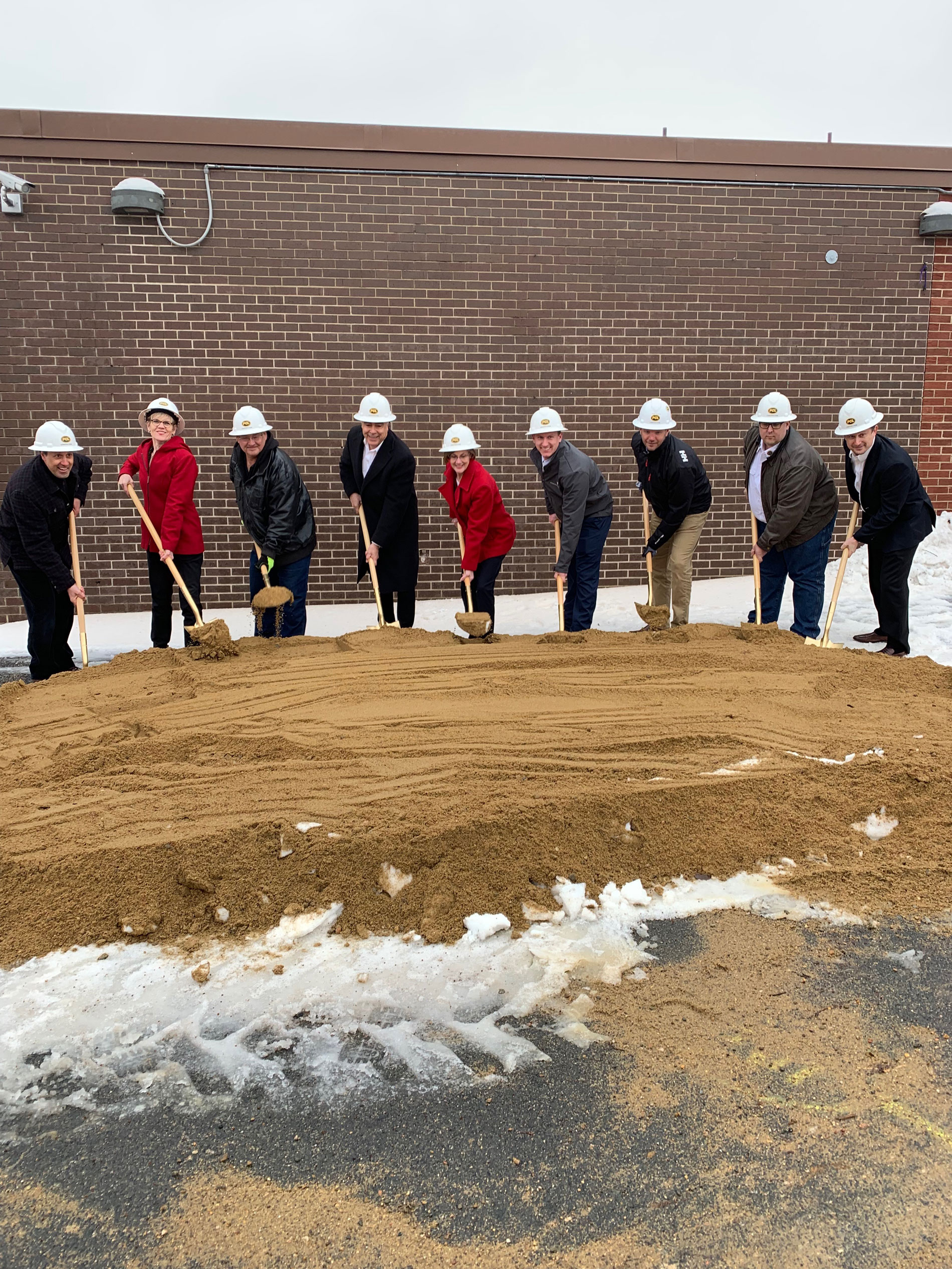
The Crucial Role of Geotechnical Engineers in Infrastructure Development
July 29, 2024
By David J. Gordinier, P.E., Geotechnical Department Manager, WSB
In the complex landscape of infrastructure development, the role of a geotechnical engineer is often pivotal yet understated. For municipalities, counties, and private developers, understanding the ground on which they build is not just a precaution—it’s a necessity. Geotechnical engineering is the key that unlocks the potential of any site, ensuring that the envisioned projects are not only feasible but also sustainable and cost-effective.
Understanding the Foundation: The Geotechnical Guide
Before any concrete is poured or any beam is erected, a thorough understanding of the site’s soil is crucial. A geotechnical engineer provides this insight through detailed soil studies, which are the first step in transforming an area from a plot of land to a developed property. These studies allow developers to understand what they can build and how they can build it, aligning their ambitions with the practical realities of the soil beneath.
The Value of Geotechnical Reports
A comprehensive geotechnical report is more than just a routine check—it’s a fundamental part of due diligence. It assesses various soil characteristics such as density, composition, and stability, which can vary significantly from one site to another. This report can reveal critical issues such as soft or expansive soils, or deeper Geologic risks including Karst and subsidence. Such insights are crucial not only in deciding whether to purchase a property but also in planning the development to avoid costly errors and delays to the project.
Why Choose WSB?
Choosing WSB for geotechnical engineering means opting for a partner who prioritizes your project’s timelines and budget. Our detailed attention to these aspects has earned us a loyal client base. WSB boasts a diverse portfolio, rich in a variety of projects, allowing us to quickly devise solutions tailored to the specific geological challenges of your site.
We believe in clear communication, translating complex geotechnical data into easy-to-understand terms, and maintaining constant contact with our clients. From delivering detailed reports to conducting follow-up calls, we ensure that you are well-informed at every step.
Building with Confidence
Incorporating a geotechnical engineer into your development team is not just about adhering to standards—it’s about building with confidence. With WSB, you gain a partner who provides the expertise to navigate the complexities of soil challenges, ensuring that your infrastructure projects are built on solid ground. The guidance from an experienced and knowledgeable geotechnical engineer can also make the difference in success during construction including assisting the contractor with cost effective solutions when or if they arise.
David is a geotechnical department manager in the southeast region. He has experience managing estimating costs for geotechnical, and construction materials projects, and geotechnical engineering design for transportation, commercial, industrial and residential projects. He had led his team through managing construction and resolving issues encountered throughout the project process.
[email protected] | 804.366.0703



